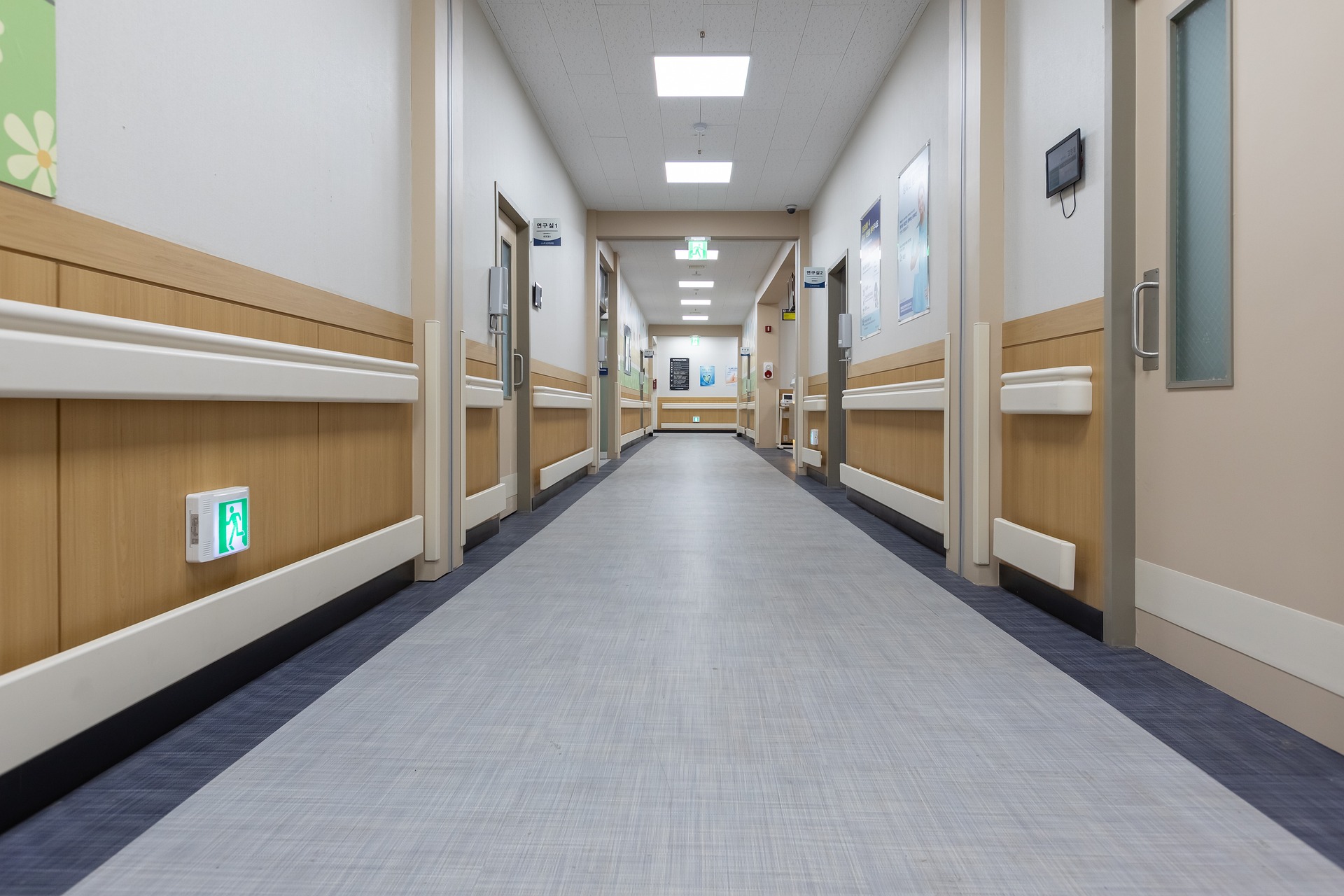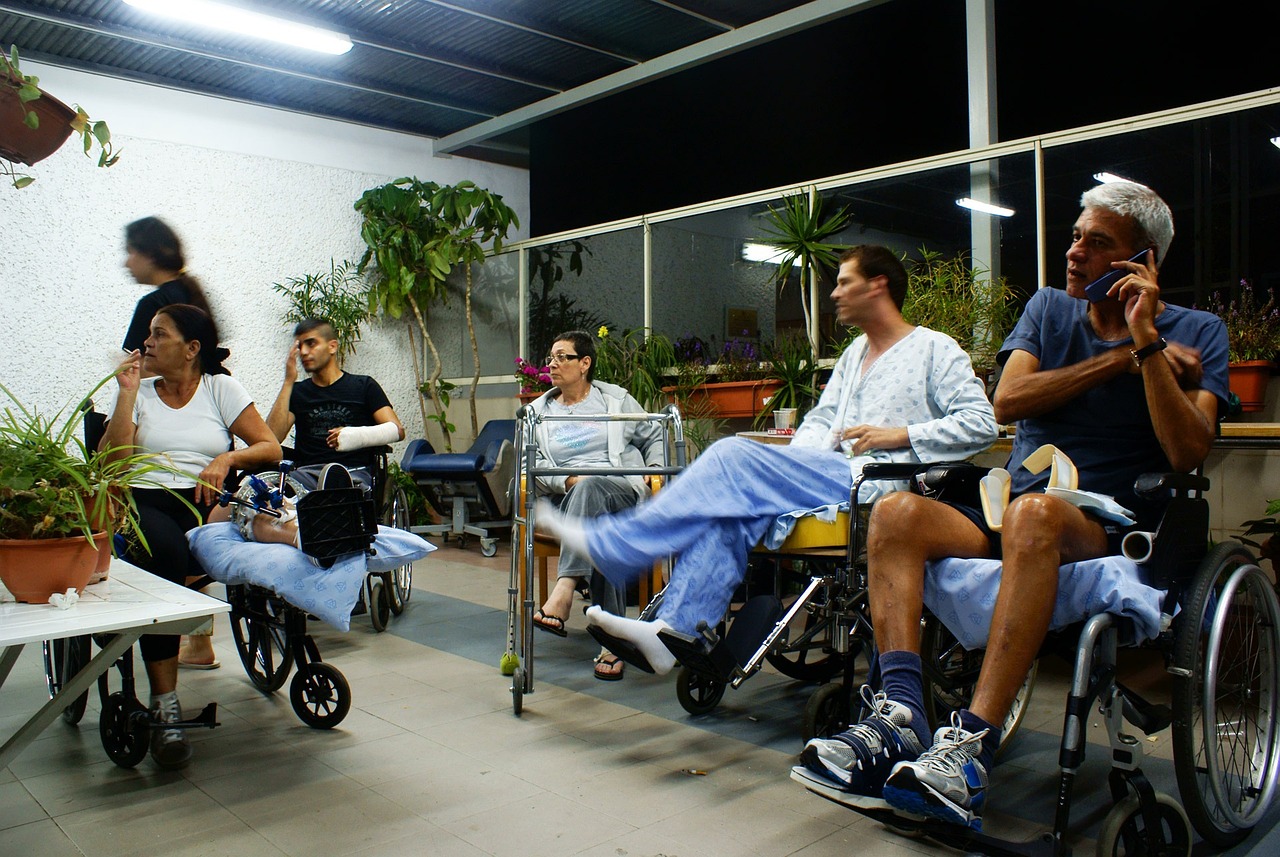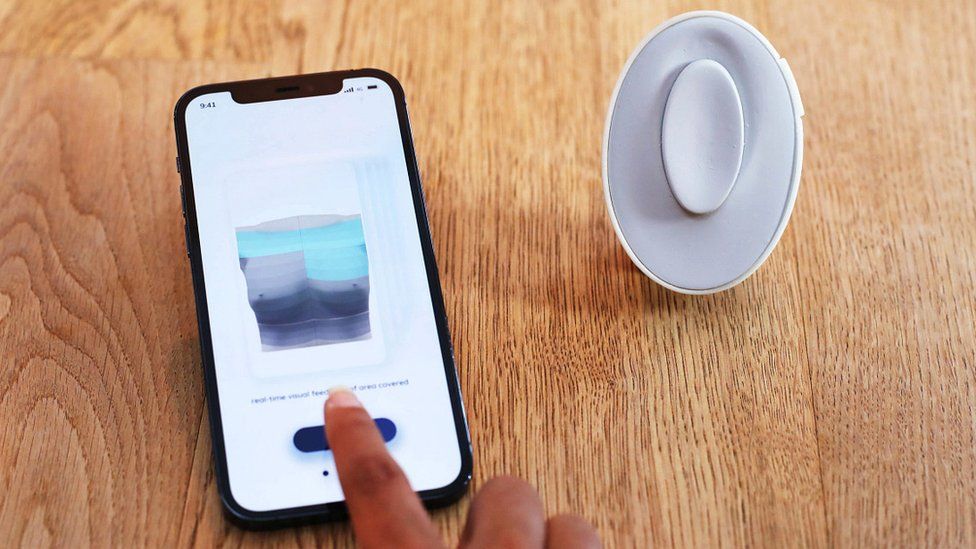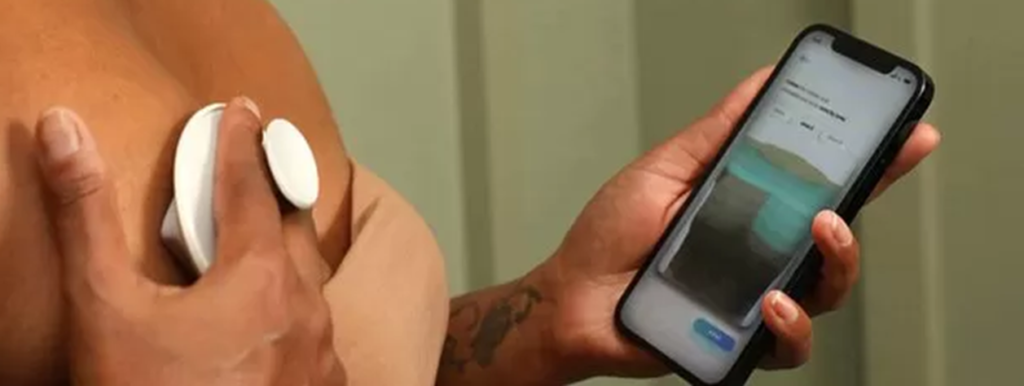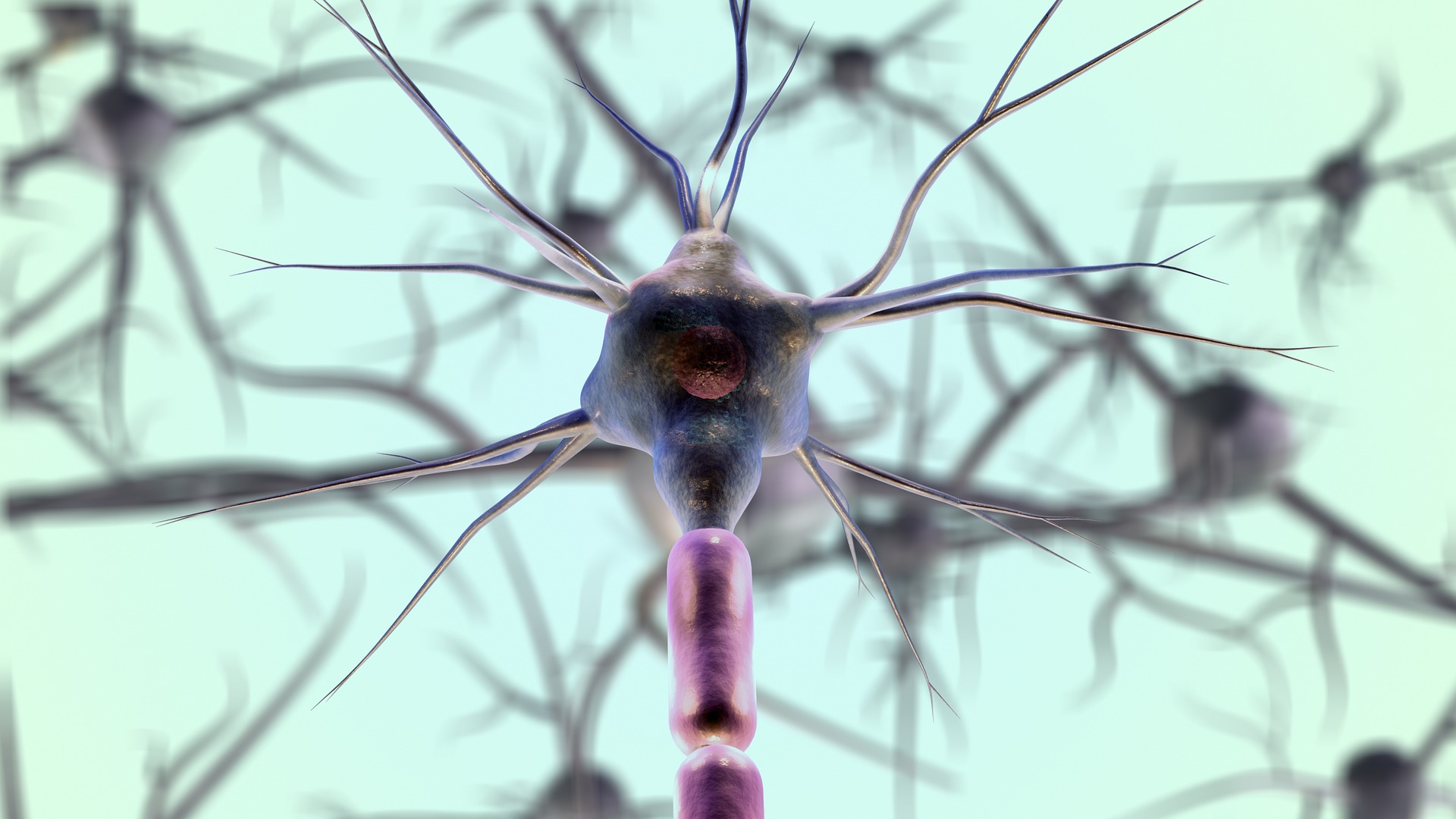Healthcare providers are turning to digital to meet consumer demands, an increasing convergence of healthcare and tech companies to improve people’s health in the broadest sense, from prevention to cure to rehabilitation, this is called HealthTech now.
And the race started in the new HealthTech sector with the drivers:
➡️️ Pressure on cost reduction in the Healthcare sector
➡️️ Aging population
➡️ Global pandemic infections
➡️ Better supply in rural areas needed
➡️️ Potential growth of revenue in HealthTech
And related measures and ongoing activities:
➡️ Growing M&A for Healthcare and Tech companies
➡️ Hype in Ideas, Innovations, start-ups
➡️ Growth in data and information sector
➡️ Increase research and development for medical sensors and devices e.g. wearables
➡️ Regulatory actions for data and security
➡️ Hype in Telemedicine solutions e.g. remote doctor visits
➡️ Pharma company connected with patients
The trend is clear and these companies following HealthTech need to change stand out with quality, innovation and performance.
If you would like to see more interesting posts, visit our knowledge database: https://thaumatec.com/knowledge/

